Comparing Female Video Game Armor and Real Armor
PocketEpiphany
Published
09/21/2021
in
facepalm
- List View
- Player View
- Grid View
Advertisement
-
1.
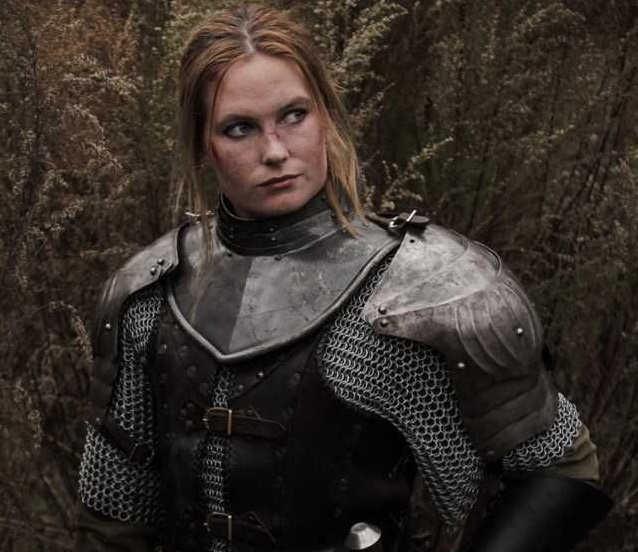 No Exposed Cleavage or Midriffs
No Exposed Cleavage or Midriffs
Perhaps the silliest thing about video game armor for female characters is that it leaves little to the imagination. Armor intended to protect the wearer in these games typically has plenty of exposed cleavage and often exposed midriffs, too.
So let’s start with the obvious: the point of armor is to cover and protect the body. Female armor, from medieval times to now, doesn’t leave large sections of flesh exposed because that would make the wearer more vulnerable rather than less vulnerable. -
2.
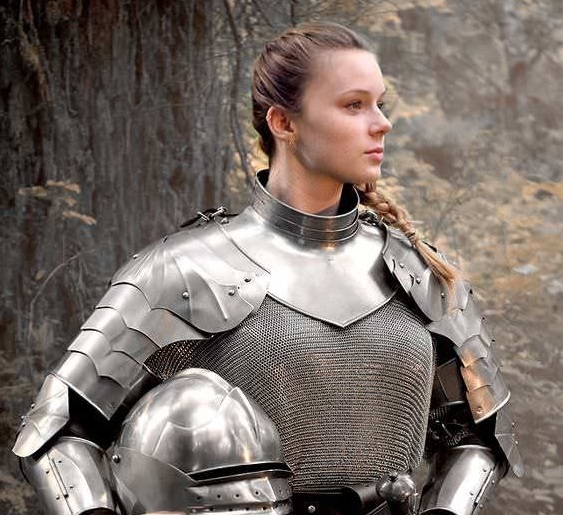 No Boob Plates, Either
No Boob Plates, Either
Ok, so we know that realistic female armor isn’t going to expose a lot of flesh. So one compromise that game designers and movie wardrobe departments have turned to is form-fitting armor that makes it clear the wearer is female.
This is how we get “boob plate” armor. The goal of this armor in games and movies is to remind audiences that there is a woman under there. But formfitting boob armor would actually put the sensitive boobs underneath in more danger, highlighting a sensitive area for foes to strike. And putting sculpted armor near the wearer’s sternum could put them in increased danger. -
3.
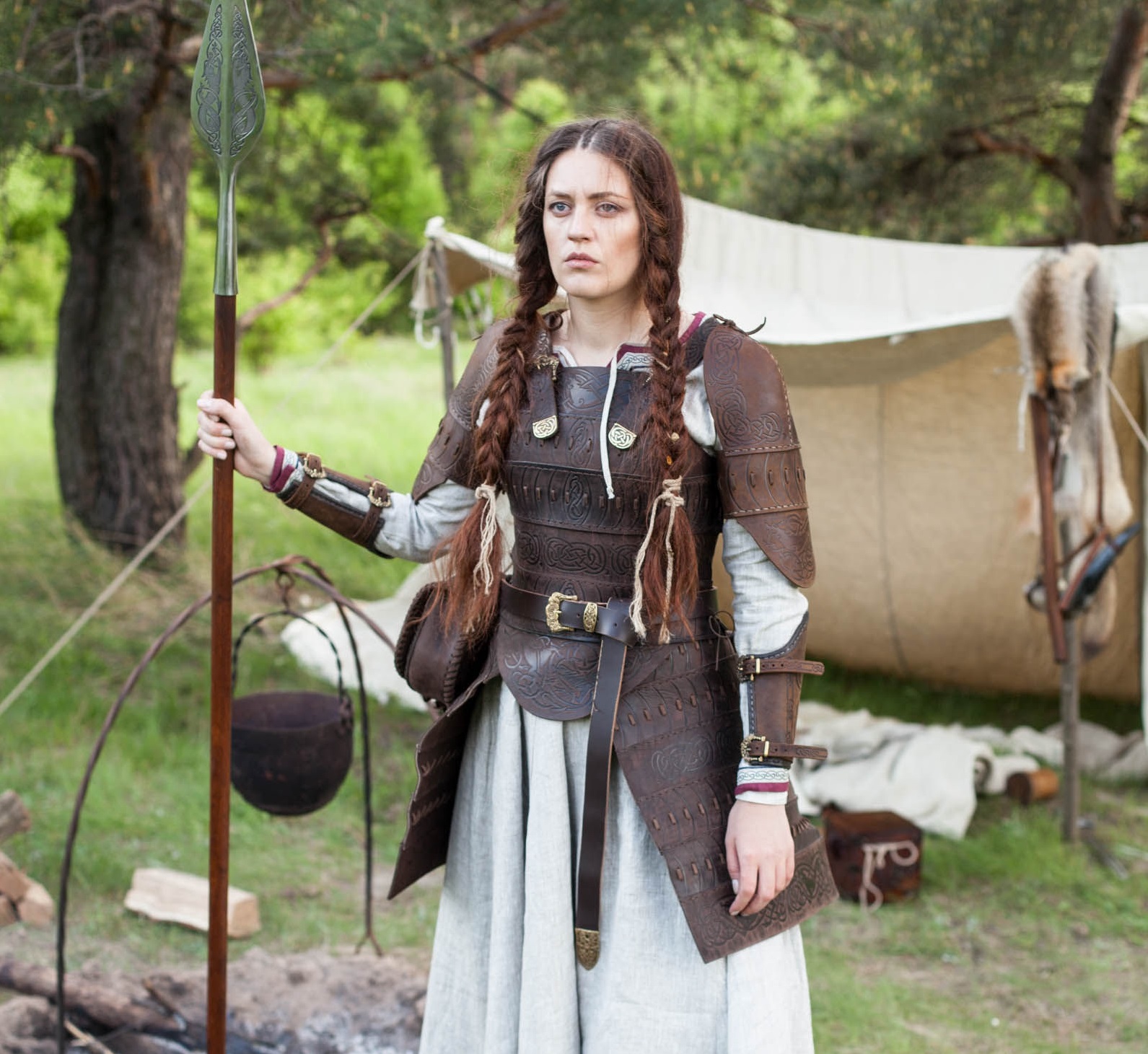 Borrowing Whatever Works
Borrowing Whatever Works
Despite what games and movies have told you, female warriors of years past were not very likely to wear armor at all. In fact, they often had to grab whatever was on hand.
For example, Gizmodo writer Lauren Davis points out that when women in 12th-century Catalonia fought off invading Moors, they simply snagged male clothing and whatever weapons were available to fight. This was true at other points in history where women fighting in combat was something of a last resort. In these cases, they were also forced to use whatever was on hand rather than something sculpted just for them. -
4.
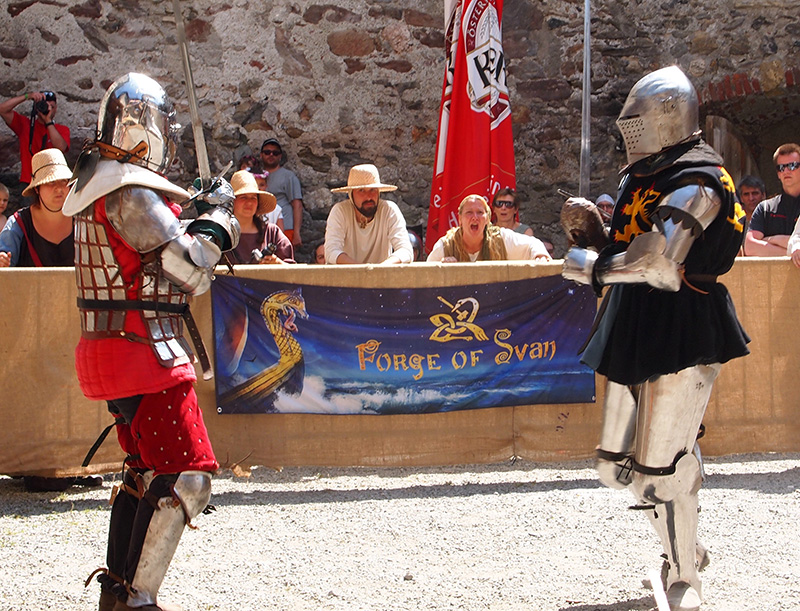 Lady Looks Like A Dude
Lady Looks Like A Dude
Now you know that it was rare for women to have specialized armor throughout history. But “rare” means it still happened. What, then, was this bespoke armor actually like?
Before plate mail was invented, female armor was mostly indistinguishable from male armor. A woman in chainmail armor with a helmet on would have looked the same as a man on the battlefield. This was true of women who fought in the Crusades as well...pretty much anyone that saw them in the middle of combat would be convinced they were looking at a man.
Interestingly, this was when the seeds of bad female armor in games were planted. Female warriors like Amazons were painted and sculpted by artists who had never seen the real thing. Therefore, historic art depicting female warriors often accentuates their femininity (including painting dresses on female warriors in armor) rather than capturing reality. -
5.
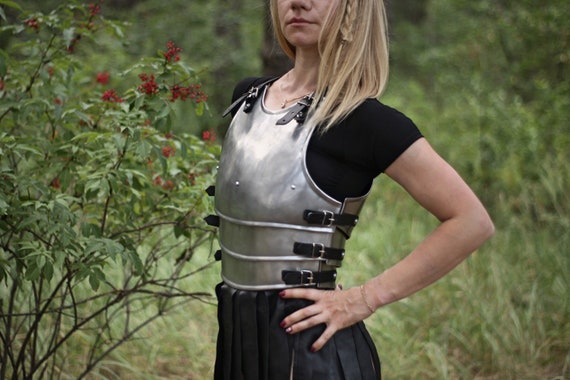 Often Plain
Often Plain
In video games, female armor is usually very different from male armor. But they share a few things in common, including the fact that the best armor is very ornate and fancy-looking.
However, this doesn’t necessarily line up with reality at all. Joan of Arc, the most famous female warrior of all, wore plate mail armor without anything fancy on it (like cool symbols or other things that would really distinguish the armor). So, some of the most memorable female armor in video games actually looks much more ornate than the real thing was! -
6.
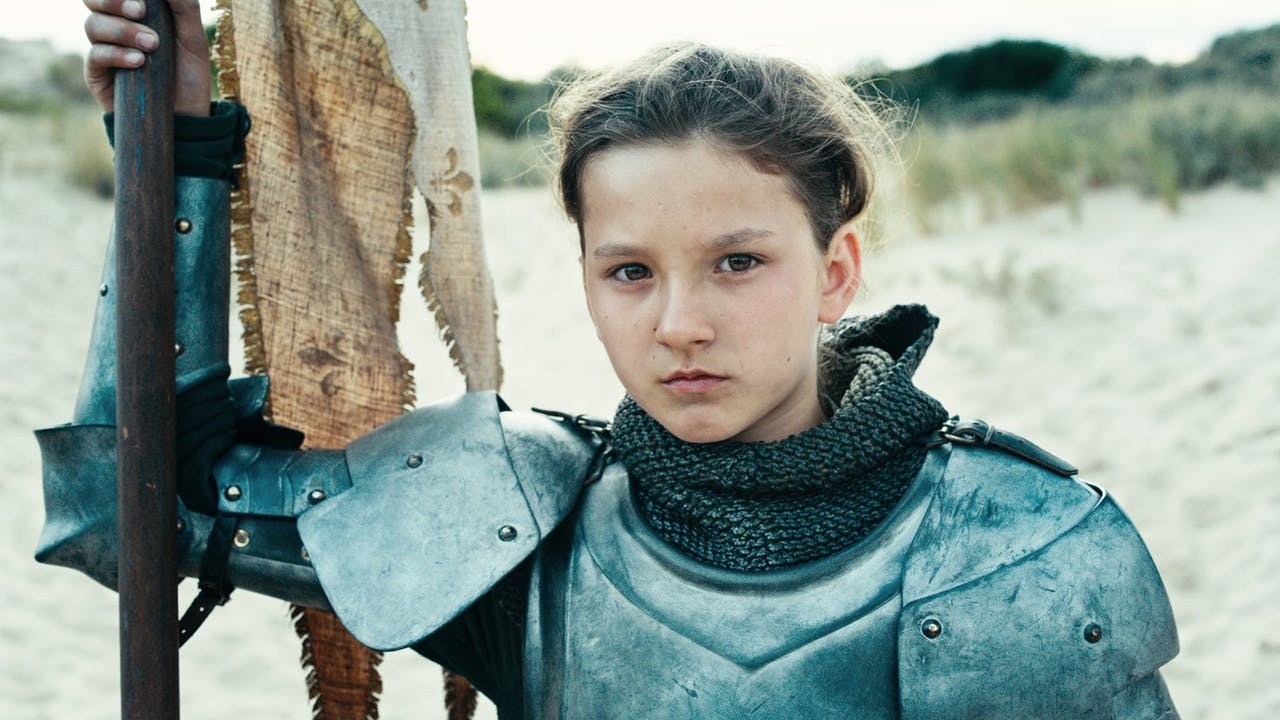 Helmet or No Helmet?
Helmet or No Helmet?
One aspect of female armor in video games that isn’t super-consistent involves the head. Sometimes, the armor defaults to exposing the player’s heads. Other times, this is an option you can toggle on or off. And when the head armor is mandatory, it usually still accentuates female features.
But what about female warriors back in the day. Did they wear helmets or not? It depended on both their roles and their attitudes!
For example, Joan of Arc reportedly went into the battlefield with no helmet very often. But she was more a commander than a fighter and thus had less need of a helmet. In fact, earlier warriors (such as the women in the Order of the Hatchet) did indeed wear helmets into combat whenever helmets were available.
No Exposed Cleavage or Midriffs
Perhaps the silliest thing about video game armor for female characters is that it leaves little to the imagination. Armor intended to protect the wearer in these games typically has plenty of exposed cleavage and often exposed midriffs, too.
So let’s start with the obvious: the point of armor is to cover and protect the body. Female armor, from medieval times to now, doesn’t leave large sections of flesh exposed because that would make the wearer more vulnerable rather than less vulnerable.
6/6
1/6



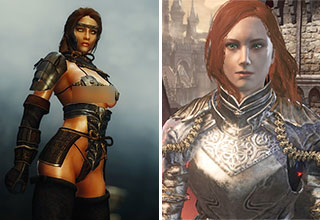





13 Comments